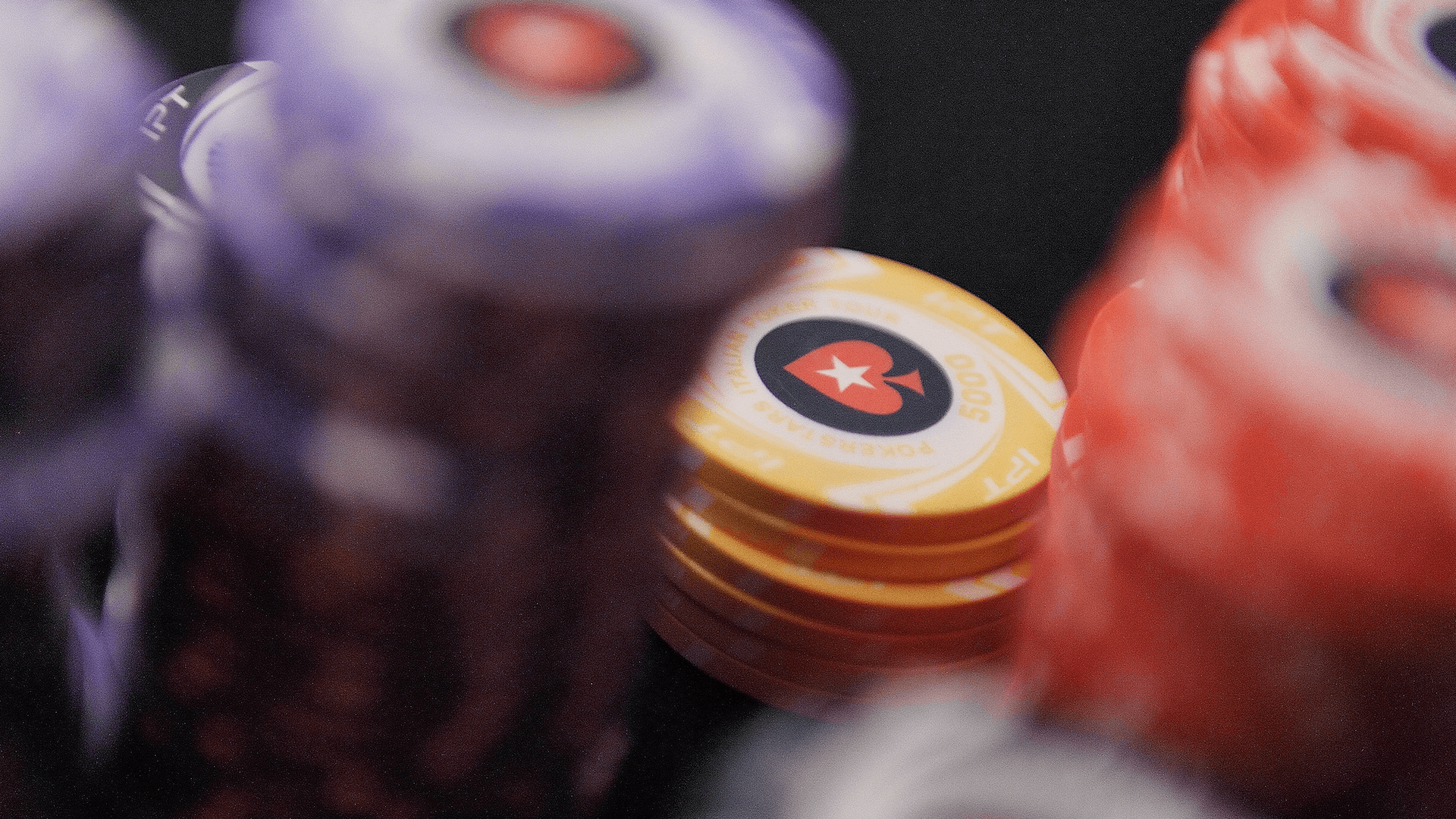Five Common PLO Mistakes
Pot Limit Omaha (PLO) continues to grow in popularity. It’s easy to understand. Unlike its two-card cousin Texas Hold’em, PLO offers many ways to make strong hands with the players starting with 4 hole cards. There is, consequently, more action and more excitement. This action attracts gamblers and fun players, which attracts more serious students of the game. As people convert from hold’em to PLO however, they tend to fall into some common traps that befall most new PLO players. Today we’re going to look at five common mistakes that are made by new and recreational PLO players alike.
Poor Starting Hand Selection
Although this list isn’t in any particular order, poor starting hand selection should probably be #1, as it leads to many problems that doom players to lose in the long term. This is so important; I will dedicate my next article entirely to starting hand selection in PLO.
Overvaluing premium pairs like AA and KK
This is a very common problem for new players coming over from NLHE, where AA and KK are very strong hands both pre-flop and post-flop. AAxx and KKxx aren’t of the same muster in PLO. In hold’em, even when they don’t improve on the flop, they are still the strongest of 1 pair hands. While that’s fine in hold’em where strong 1 pairs win a fair bit at showdown, in PLO that’s frequently not the case. If you can get these hands all in preflop, you do so with an edge. But the betting is pot limit, not no limit, so it can be difficult to do on deeper stacks. If you can get close to half the effective stack or more in preflop, you’ll be fine to put the rest in on many flop textures. When the stack to pot ratio is higher though, failure to slow down on board textures when you only have that 1 pair and nothing much else working for your hand tends to lead to disaster for your stack.


Going broke with non-nut hands
As people migrate from hold’em to PLO, one of the ideas that don’t translate well is the intrinsic strength of non-nut hands. When you make a small flush or non-nut straight in hold’em, you have a very strong holding that will often win at showdown, and you can back these holdings with a lot of chips profitably. In PLO however, these hands cost beginning players a lot of money. Due to the 4 card nature of the game, players will make nut holdings much more frequently. And deeper stacked, that’s problematic for the non-nut hands. Newer players tend to press them hard, betting and raising the size of the pot. This often leads to them winning a small pot when everyone folds and losing the max vs. the nuts.
Getting involved from out of position
Position is even more powerful in PLO than it is in NLHE. Given the more nutted nature of PLO, the player in position has the distinct advantage in losing less with their losers, winning more from their winners, getting away from 2nd best hands easier, and finding profitable bluffing opportunities. The out of position player is less likely to check a nutted hand for fear of missing value, and when they do check, the in-position player can more credibly represent a nutted hand simply by the sheer fact that it’s easier to make a very strong hand in Omaha.
Stacking off vulnerable nut hands with no redraws deep stacked
Let’s say you raise preflop with A♣ A♠ J♦ and get a caller out of the big blind, a competent PLO player. The stacks are deep. The flop comes 7♦ 8♦ 9♥ , giving you the nuts on the flop. They check and you continuation bet the size of the pot. They check/raise the pot. You reraise pot. They raise again. Next thing you know, you’re all-in on the flop with the nuts. Great, right? Not so much. The problem here is when a competent player puts all the money in on deep effective stacks with a high stack to pot ratio, they will pretty much always have the nuts as well. Why is that a problem? Because we have no redraws with our nut straight. Redraws are cards that can improve to a better hand on certain turns and rivers. In the case of our hand though, we have no redraws to a better hand (except for a very unlikely running full house). This puts us in a very bad spot against the competent player, who likely does have redraws with his nut straight. Essentially, you’ve just put all your money in the pot in a situation where almost all outcomes will be either you get your money back (split pot), or you lose it all (they redraw to a better hand). When you look at it this way, you’ve made a terrible investment with your chips. For example, let’s say our competent opponent turns over K♦ Q♦ J♥ 10♥ . Whoops! (See example below). We are currently tied on the flop, but they have all the equity. If the board bricks out, it’s a chopped pot, but they will make a better hand on any ten, jack, diamond, or 2 running hearts. With only running full house outs to improve your hand, this leaves you putting all the money in really bad, despite having the actual “nuts” right now on the flop.


The Flop: 9♥ 8♦ 7♦
Hand A♣ A♠ J♦ 10♣ has 26.40% equity, will win 28 times, and tie 377 times.
Hand K♦ Q♦ J♥ 10♥ has 73.60% equity, will win 415 times, and tie 377 times.
Pot Limit Omaha is not only a very fun game, but it can be a very profitable game as well for the savvy player. New players to this format can feel a little lost, especially coming from hold’em when they think PLO will be similar in strategy and not realize many of the differences the 4 card flop game brings to the table. Do a little research, and start in comfortable stakes, and you may soon find you have found a new home in PLO.














